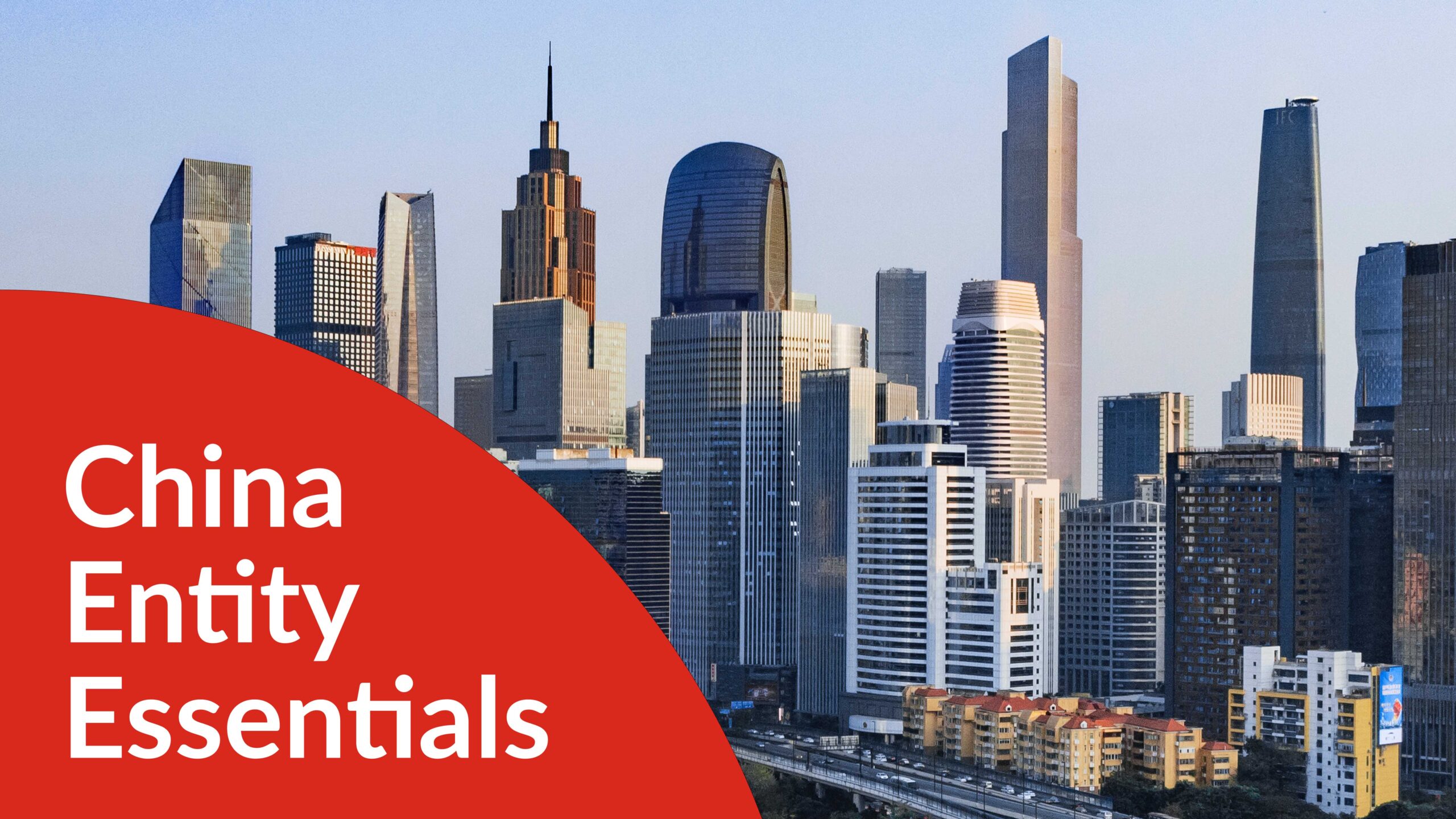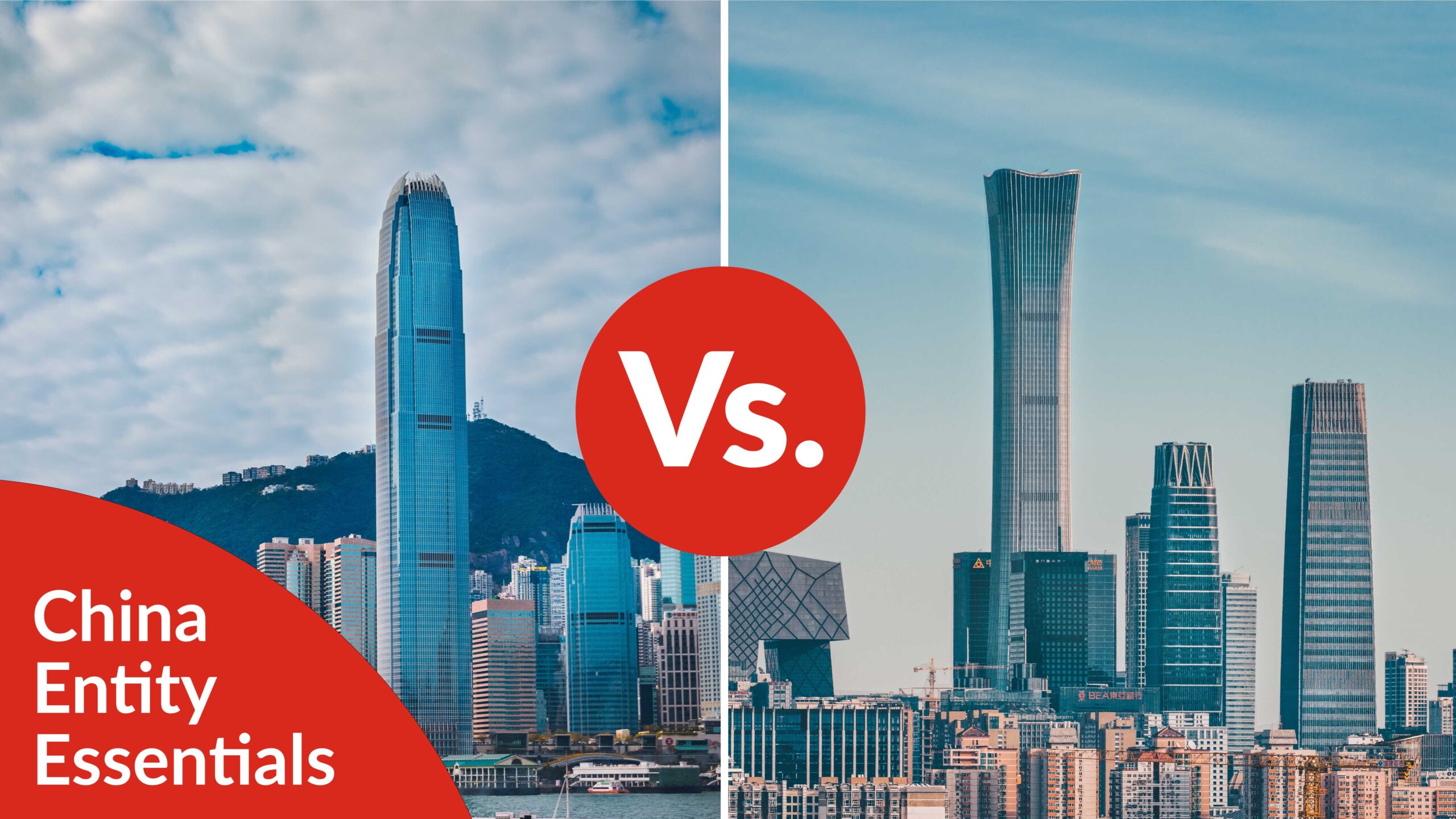Environmental, Social, and Governance (ESG) principles, remember those? After facing a backlash in recent years, they’ve fallen into seeming obscurity. Yet as regulatory pressure quietly mounts, it’s time for those with China operations to start preparing.
In recent years, investors have intensified pressure on companies to prioritize revenue generation over sustainability initiatives. This shift in focus has been particularly pronounced in the United States, where politicians have attacked ESG investing as “woke” and passed laws in over a dozen states restricting its use for public funds.
However, ESG’s decline in popularity among investors is mainly due to several factors: weak financial returns compared to operational-focused strategies, vague and superficial checklists that don’t truly measure sustainability impact, and widespread “greenwashing” by investment firms that use the ESG label without making meaningful changes to their holdings.
“The overall situation is that ‘sustainability’ has become a toxic term in the corporate world, and investor pressure has shifted to revenue,” said Daniel Cooper, CEO and founder of Alba Capital, who are currently developing the Zero Pro platform to help manage carbon emissions in their supply chains. “But this is temporary,” he added.
Sustainability remains a pressing issue, and investor pressure to support companies and projects aligned with the Paris Agreement’s goals will likely increase.
Moreover, as the United Nations’ 2030 sustainability goals approach, more government legislation based on common ESG metrics will likely force companies to comply. Actually, this is already happening.
Regulation on the Horizon
The U.S. Securities and Exchange Commission’s landmark climate disclosure rule, passed in March, requires some public companies to report emissions if deemed material. The EU adopted even more extensive requirements in 2022.
Emissions are currently divided into three categories – Scope 1, 2, and 3 – to measure a company’s emissions under the world’s most widely used emissions accounting standard, the Greenhouse Gas Protocol.
Scope 1 covers direct emissions from company-owned resources and Scope 2 includes indirect emissions from purchased energy.
Scope 3 encompasses all other indirect emissions in a company’s upstream and downstream value chain. And as you’d expect, calculating that is an immense undertaking.
As such, while encouraged, Scope 3 emissions disclosure remains largely voluntary.
Just over a third of firms in the rating system of Sustainalytics, a unit of U.S. financial services provider Morningstar, presently report emissions data across all three scopes.
However, Cooper believes pressure for Scope 3 disclosure will grow.
Scope 3 emissions, which often account for the bulk of a company’s carbon footprint, are unlikely to be overlooked by regulators and environmentally conscious consumers as the world transitions to a net-zero economy. The European Union’s Corporate Sustainability Reporting Directive is already considering a gradual approach to implementing mandatory Scope 3 emissions reporting, according to the bloc’s officials.
“At the end of the day, achieving net-zero emissions is a non-negotiable goal, and companies have to comply,” added Cooper. “It’s going to trigger a total redesign of most corporate supply chains.”
ESG and China
So, what does this mean for your China operations?
First, obtaining ESG data from supply chain partners in China is difficult. Although China is taking steps to standardize ESG disclosure, the information provided by Chinese suppliers often remains incomplete or lacks credibility.
For example, what equipment do your suppliers use in their factories? How much power do they use? What is the yield of product against raw material (how much raw material is wasted)? Where do the components come from — how far have they traveled, and what transportation methods were used? Then you need to repeat all of that for raw material suppliers, so you know the carbon footprint of the material coming in.
Another obstacle for Western companies in obtaining accurate ESG data is the communication challenges and geographical distance.
“Having someone on the ground who can verify information is ideal, but it can be cost-prohibitive. Sending verifiers each time a supplier changes a piece of equipment like a truck is not feasible,” Cooper added.
As an alternative, having a team member based in China who can occasionally verify information, read Chinese documentation, and communicate with factories is a more practical solution.
Kinyu offers various services to assess ESG compliance, including an ESG-focused China Desk Streamline service or full-time China-based team members who can oversee larger operations.
Diversification
The second challenge arises from the potential conflict between supply chain diversification efforts and the goal of reducing Scope 3 emissions.
Currently, there is strong push for companies to diversify their supply chains, with governments urging companies to relocate production to friendly countries or nearshore locations.
While bringing production closer to end-users and minimizing transportation would clearly help reduce emissions, for many goods, there is currently no viable alternative to China.
As a result, many companies are shifting their manufacturing processes away from China. However, since their products still require Chinese inputs, companies are now assembling these inputs in other countries before sending them to the U.S. or EU to avoid tariffs. This approach is short-sighted for two reasons. First, lawmakers will likely introduce more stringent origin determinations to close this loophole. Second, it poses a disaster for emissions compliance.
“If you’re simply moving operations to mitigate risks associated with Chinese output, you’re creating unnecessary shipping routes that must be eliminated. Moving goods to another country solely to avoid Chinese tariffs is not a sustainable approach in a 2030 scenario,” Cooper said.
Having suppliers located close together isn’t just about reducing shipping distances. It can also make it easier to work with them on reducing emissions and collecting data for emissions reporting. If all your suppliers are located in one country, it requires fewer resources to oversee compliance.
Moreover, China’s three main stock exchanges (Beijing, Shanghai, and Shenzhen) have introduced their first guidelines for ESG disclosure in February, and there will likely be pressure for Chinese suppliers to become compliant with global ESG regulations in the coming years.
Recommendations:
- ESG Scope 3 reporting requirements are expected in the coming years. Prepare by finding ways to obtain accurate data from your supply chain operations.
- For those with China operations, consider having boots on the ground through services like Kinyu’s to facilitate ESG data collection and verification from Chinese suppliers.
- If there is no compelling reason to move downstream supply chain operations out of China, avoid doing so, as the additional shipping could negatively impact your ESG goals and Scope 3 emissions.
- For a more flexible approach in China, consider switching to Kinyu’s China Desk service, which provides a nimbler option if you need to quickly exit the market.



